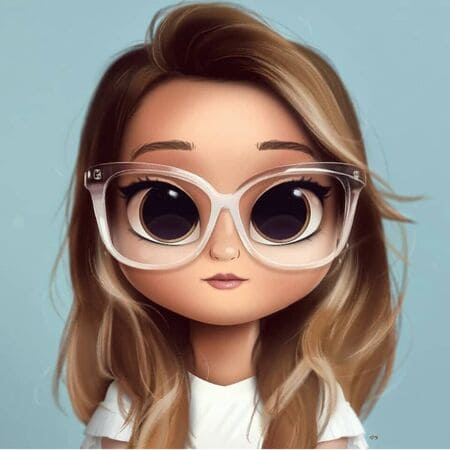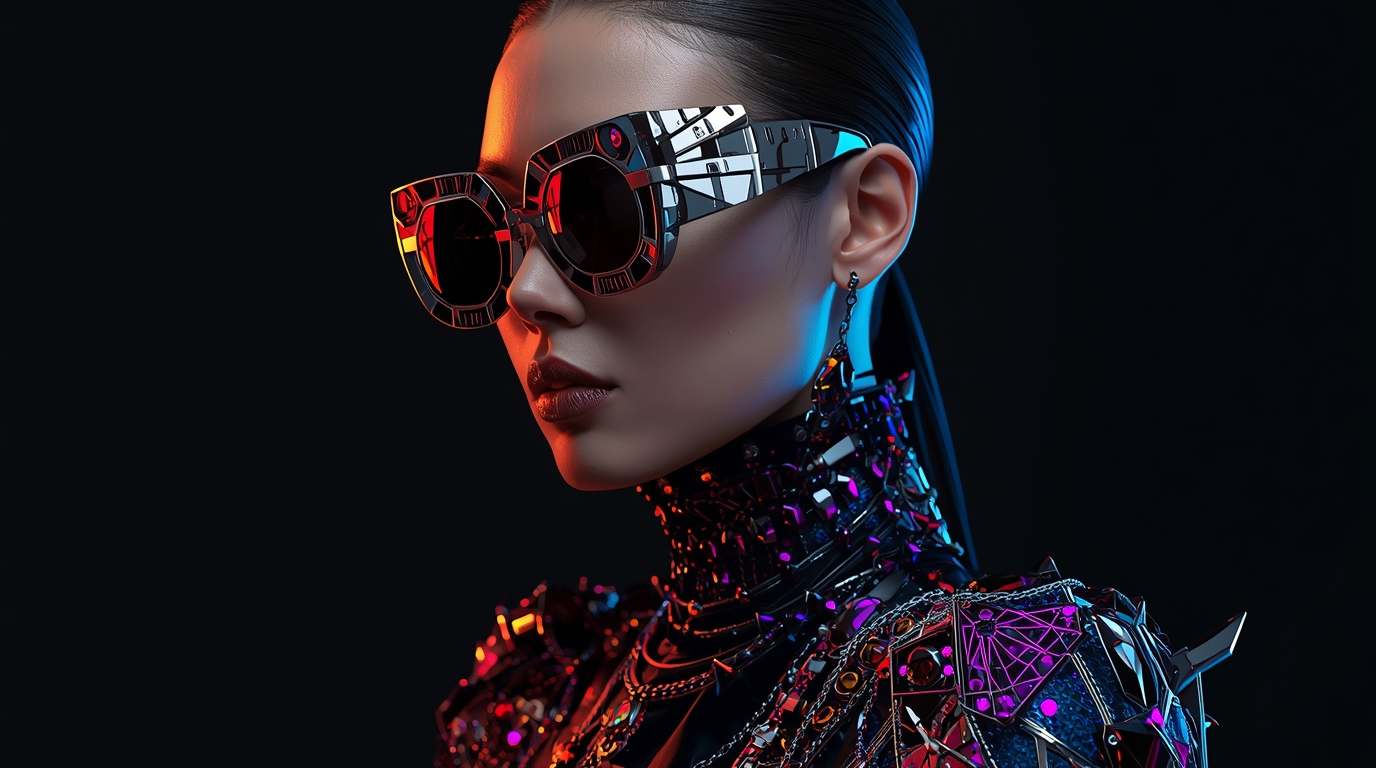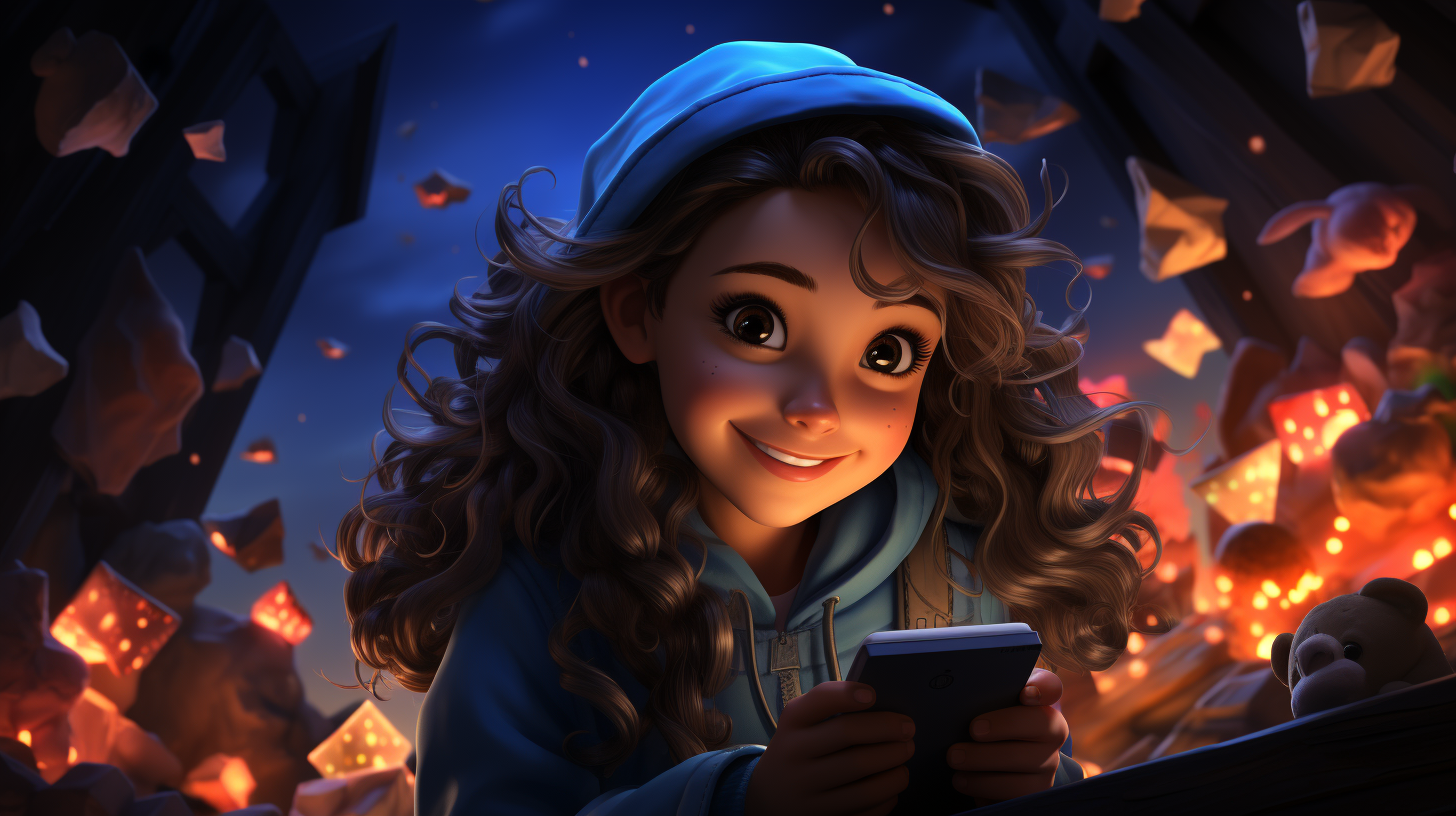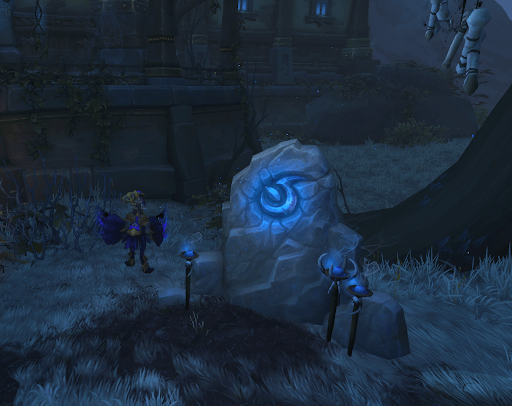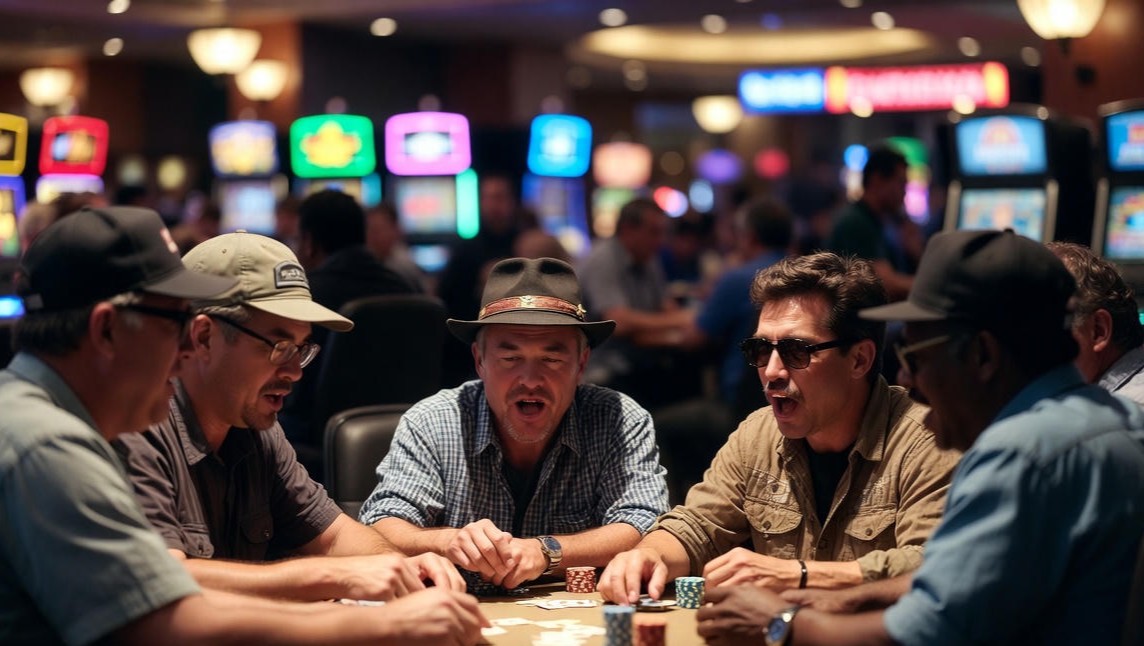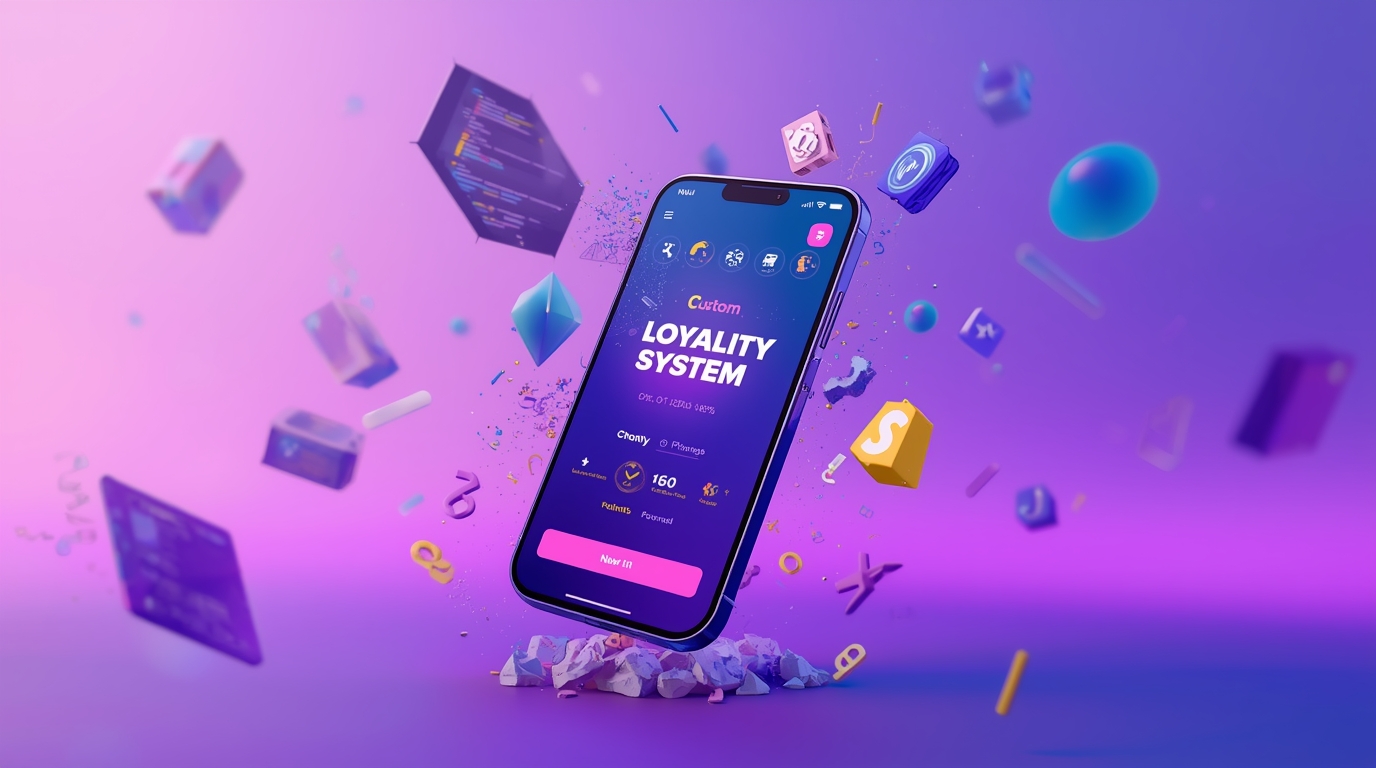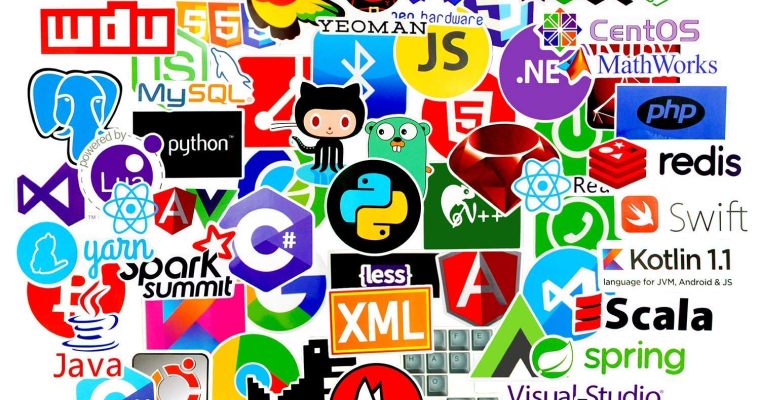Ever wonder why some video game characters feel friendly, dangerous, or rock-solid without saying a word? That’s shape language at work—a design trick that uses shapes to speak to your car brain. In video games, shape language in character design is like a secret code, turning circles, triangles, and squares into emotions and personalities. It’s not just about looks; it’s about feeling something the moment you see a character or scene. Character shape language makes heroes, villains, and worlds pop, all without a single line of dialogue.
Think of triangle shape language—sharp and edgy, perfect for bad guys like Ganondorf or spooky places like jagged cliffs. Then there’s square shape language, steady and strong, shaping tough characters like Donkey Kong or blocky Minecraft lands. Circles? They’re the warm, fuzzy hugs of design, making Mario or Pikachu instant pals. These shape language examples show how designers use simple shapes to tell big stories fast.
We will show how shape language brings games to life. From characters to backgrounds, we’ll explore how it works, why it matters, and where it shines—like in Journey’s flowing dunes or Monument Valley’s tricky towers. Get ready to see shapes in a whole new way!
What Is Shape Language?
Shape language meaning is better to see as a cool trick designers use to talk without words. Shape language is art is all about picking shapes—like circles, squares, or triangles—to show feelings and ideas fast. In video games, shape language in character design makes heroes and villains stand out.
Main Shape Language in Characters

Shapes aren’t just lines on a screen—they carry feelings and ideas that hit us deep. In video games, designers craft these shapes to make characters and worlds feel alive. Let’s break down the big three—circles, squares, and triangles—and see why they work, thanks to nature and the way we’re wired.
Circles/Curves: Round Shape Language
Circles are like a warm hug. Their smooth, endless curves make us feel cozy and safe, like a bubble or a full moon. In games, they’re perfect for friendly faces. Take Kirby from Kirby’s Dream Land—his round, pink body screams “I’m your pal!” Or look at the Slimes in Dragon Quest—cute, bouncy blobs you can’t help but like. These shapes tap into nature, like soft fruits or a baby’s face, and culture, where circles mean unity, like a wedding ring. They’re childlike and harmless, making you drop your guard fast.
Squares/Rectangles: Square Shape Language
Squares are the rocks of the shape world. Flat sides and even corners say “I’m not moving”—think bricks or a sturdy table. In games, they build trust. Samus Aran from Metroid has a boxy suit that feels tough and dependable. Or check out Steve from Minecraft—his blocky look matches his unshakeable vibe. Nature gives us cliffs and tree trunks for this solidity, while culture adds stuff like castles or shields. Squares can feel stubborn too, like a wall that won’t budge, perfect for steady heroes.
Triangle Shape Language
Triangles are wild and sharp. They’re all about action, like a shark’s fin or a lightning bolt. In games, they mean trouble or speed. Sephiroth from Final Fantasy VII has a spiky, angular design that screams danger. Or take Sonic from Sonic the Hedgehog—his pointy quills and sleek shape shout “fast and fierce!” Nature shows us this with jagged rocks or predator teeth, and culture piles on with warning signs or spears. Triangles feel aggressive and dynamic, pushing energy right at you.
These associations aren’t random. Nature shapes how we see the world—round things often nurture, square things stand firm, and pointy things threaten. Culture backs it up with symbols we learn, like stop signs or sturdy homes. Together, they make shapes a superpower for game designers, turning simple lines into feelings you can’t ignore.
Shape Language in Character Archetypes

In video games, shape language character design turns characters into instant icons. By tweaking circles, squares, and triangles, designers craft heroes, villains, support characters, and NPCs that players instantly “get.” It’s all about silhouettes and vibes—let’s see how it works with examples from popular games.
Shape Language Examples of Heroes
Heroes need to feel bold but approachable, so designers mix shapes for balance. A strong silhouette makes them stand out as the star. Take Link from The Legend of Zelda: Breath of the Wild—his slim, upright figure blends a square torso (strength) with a slight triangular edge (action), showing he’s tough yet agile. Or look at Master Chief from Halo—his boxy armor screams reliability, softened by curved shoulders to keep him human. These balanced shapes say “I’m here to save the day” without overdoing it. They’re clear, memorable, and ready for action, pulling players in fast.
Shape Language Examples of Villains
Villains thrive on fear and power, so sharp angles and big, imposing shapes rule. Think Bowser from Super Mario Odyssey—his spiky shell and triangular horns scream danger, while his hulking size looms over you. Or GLaDOS from Portal—her sleek, angular design feels cold and threatening, like a trap waiting to snap. These characters use triangle shape language to unsettle you, with jagged edges and tall, dark forms that dominate the screen. It’s all about making you feel small and on edge, perfect for a bad guy.
Shape Language of Support Characters
Support characters are your buddies, so softer, rounder shapes make them feel safe and warm. In Overwatch, Mercy’s flowing, curved silhouette—round headgear and gentle lines—says “I’ve got your back.” Or Tails from Sonic the Hedgehog—his fluffy, circular tail and small, rounded body make him a loyal sidekick you trust. These characters lean on circle shape language to seem friendly and non-threatening, balancing the hero’s strength with a gentler vibe. In team-based games, it’s key—they’re the glue, not the spotlight.
Shape Language Art of NPCs and Minor Characters
NPCs and minor characters help you navigate the game world, so their shapes differ from the main cast. In The Witcher 3, villagers have simple, blocky forms—square shoulders, basic outlines—keeping them grounded and forgettable next to Geralt’s dynamic mix. Or in Animal Crossing, NPCs like Tom Nook use chubby, oval shapes to feel quirky but distinct from your sleek avatar. This shape language design helps players spot who matters fast—big, bold shapes for key players, smaller or plainer ones for the crowd. It’s like visual breadcrumbs, guiding you through the story.
Why Shape Language Works
Shapes aren’t random—they tap into our gut feelings. Heroes balance power and heart, villains push danger, support characters offer comfort, and NPCs fade back. Together, they make game worlds clear and alive.
| Archetype | Shape Traits | Game Example | Description |
| Hero | Balanced, strong | Link (Zelda: BotW) | Square torso, slight triangles—tough yet agile |
| Hero | Boxy, curved edges | Master Chief (Halo) | Solid armor, soft shoulders—reliable leader |
| Hero | Rounded, upright | Samus Aran (Metroid) | Boxy suit, curved helm—strong but human |
| Villain | Sharp, towering | Bowser (Mario Odyssey) | Spiky triangles, huge size—pure menace |
| Villain | Angular, sleek | GLaDOS (Portal) | Cold, sharp lines—tricky and dangerous |
| Villain | Jagged, massive | Alduin (Skyrim) | Triangular wings, dark bulk—dragon terror |
| Support Character | Soft, circular | Mercy (Overwatch) | Curved lines, round head—gentle healer |
| Support Character | Round, small | Tails (Sonic) | Fluffy ovals—cute, loyal buddy |
| Support Character | Curvy, friendly | Lucio (Overwatch) | Rounded gear—upbeat team player |
| NPC/Minor Character | Simple, square | Villagers (Witcher 3) | Blocky, basic—everyday folks |
| NPC/Minor Character | Oval, quirky | Tom Nook (Animal Crossing) | Chubby ovals—standout but not the star |
| NPC/Minor Character | Thin, plain | Merchants (Dark Souls) | Slim rectangles—background helpers |
Shape Language Across Different Game Genres
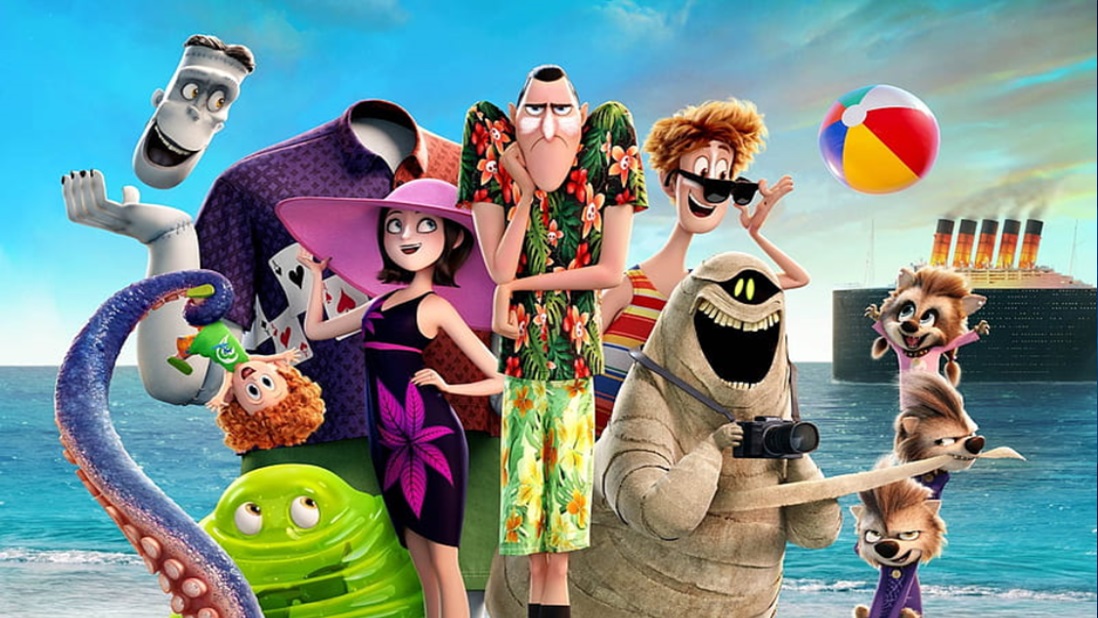
Shape language isn’t one-size-fits-all—it bends and twists to fit each game genre. Whether it’s a punch in a fighting game or a creepy shadow in a horror title, shapes tell the story. Let’s see how shape language shifts across fighting games, RPGs, strategy games, and horror games with fresh examples.
Character Shape Language of Fighting Games
In fighting games, characters need to pop off the screen fast. Shape language design goes big with exaggerated proportions and bold silhouettes so you know who’s who in a split second. Take Ryu from Street Fighter—his wide, square shoulders and sturdy stance scream power and balance, perfect for a martial artist. Then there’s Vega—his sleek, triangular frame and claw make him look fast and deadly. These distinct shapes—broad squares or sharp angles—help players spot their fighter in the chaos of a match. Big heads, tiny waists, or long limbs amp up the drama, making every kick and punch feel epic.
RPGs: Shape Language of Class and Abilities
RPGs use character shape language to hint at who does what. Shapes match classes and skills, giving you clues before the fight starts. In Final Fantasy XIV, the Warrior’s bulky, square armor says “I’m a tank—hit me!” Meanwhile, the Black Mage has a tall, triangular hat and flowing robes—mystical and fragile. Or take Baldur’s Gate 3—Astarion’s slim, angular build screams rogue, sneaky and quick. These shapes—boxy for strength, pointy for magic—tell you their role fast. It’s like a visual cheat sheet, tying looks to lore and gameplay.
Strategy Games: Simple Shape Language
Strategy AAA games keep it simple. With tons of units on screen, shape language art uses clear, readable shapes for instant recognition. In StarCraft II, Terran Marines have chunky, square suits—tough and grounded grunts. Zerglings? Small, spiky triangles—fast and swarmy. Or look at Civilization VI—cities use blocky, square outlines to feel stable, while cavalry get lean, diagonal lines for speed. These basic shapes—squares for defense, triangles for attack—cut through the clutter. Players can glance and plan, no squinting needed, keeping the focus on strategy, not guesswork.
Shape language Examples of Horror Games
Horror games twist shape language to mess with your head. Distorted, unnatural shapes build dread and fear. In Dead Space, Necromorphs have jagged, triangular limbs—broken and wrong, like a nightmare come alive. Or take Silent Hill 2—Pyramid Head’s massive, angular helmet and dragging blade feel heavy and off-kilter, oozing menace. Even Amnesia: The Dark Descent uses warped, stretched shadows—half-circle, half-spike—to keep you guessing what’s real. These warped shapes—bent triangles, uneven curves—tap into our fear of the unknown, making every corner feel unsafe.
Why Shape Language Matters
Each genre tweaks shape language to fit its vibe. Fighting games flex with bold flair, RPGs layer depth, strategy games streamline, and horror games unsettle. Shapes aren’t just pretty—they’re tools that match the game’s soul, pulling you in deeper.
| Genre | Shape Traits | Game Example | Description |
| Fighting | Broad, square | Ryu (Street Fighter) | Wide stance—strong, balanced fighter |
| Fighting | Sleek, triangular | Vega (Street Fighter) | Sharp claws—fast, dangerous striker |
| RPG | Bulky, square | Warrior (FFXIV) | Thick armor—tough tank |
| RPG | Tall, triangular | Black Mage (FFXIV) | Pointy hat—magic and mystery |
| RPG | Slim, angular | Astarion (Baldur’s Gate 3) | Lean rogue—quick and sneaky |
| Strategy | Chunky, square | Terran Marine (StarCraft II) | Solid suit—reliable grunt |
| Strategy | Spiky, triangular | Zergling (StarCraft II) | Sharp claws—fast swarm unit |
| Strategy | Blocky, square | City (Civ VI) | Stable base—defensive hub |
| Horror | Jagged, triangular | Necromorph (Dead Space) | Broken limbs—pure terror |
| Horror | Heavy, angular | Pyramid Head (Silent Hill 2) | Odd helmet—looming threat |
| Horror | Warped, mixed | Shadows (Amnesia) | Twisted forms—creepy unknown |
This table shows how shape language examples shape each genre’s stars!
Shape Language Character Design Development
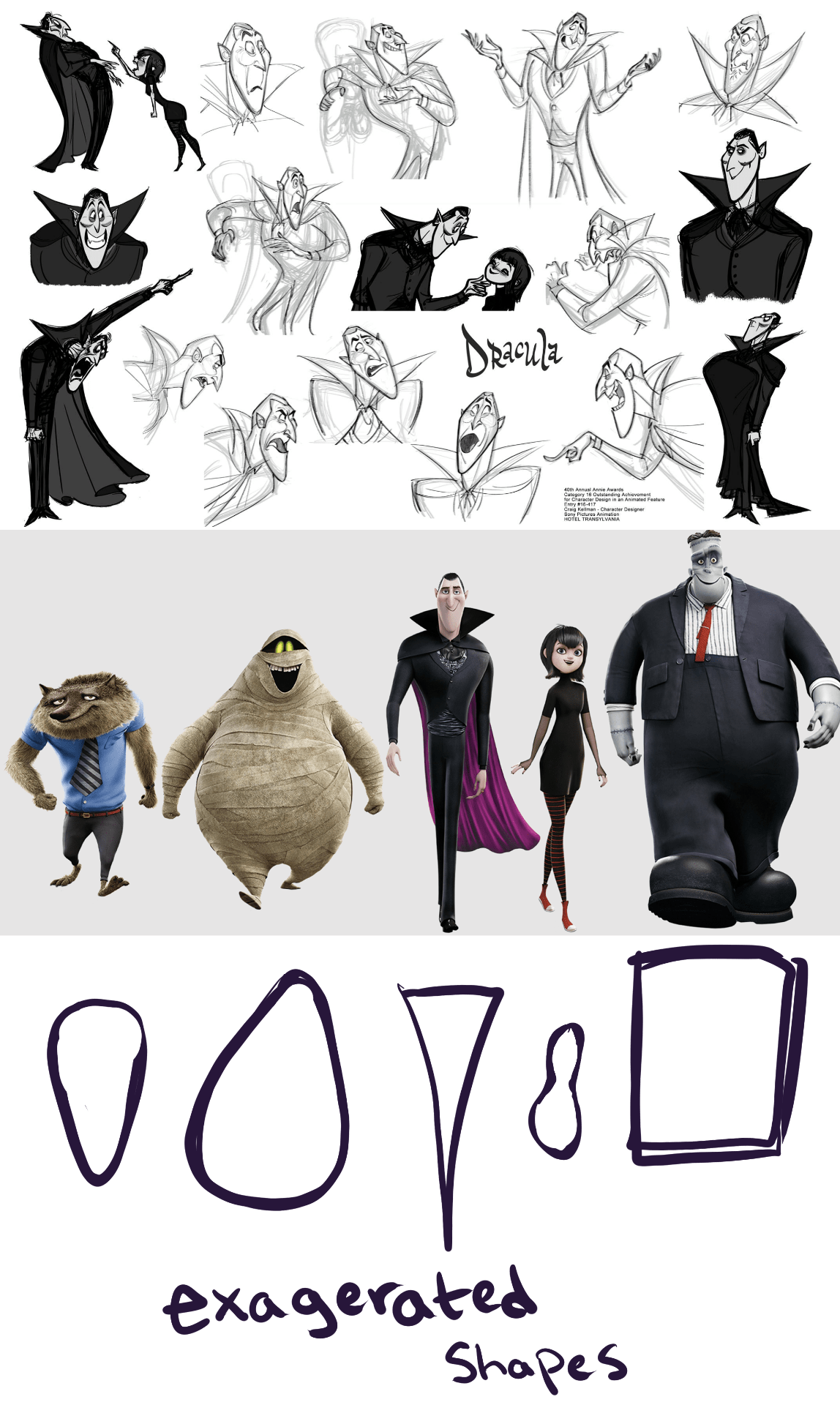
Shape language character isn’t just about looks—it’s a game-changer for silhouettes, animation, and mechanics. Let’s break it down.
Strong Silhouettes for Instant Recognition
A killer silhouette makes characters pop instantly. In Overwatch, Reaper’s jagged, triangular cloak screams “danger” even in a blur. Strong shapes—like Sonic’s spiky quills—stick in your mind, no details needed. Designers test these in dark rooms or fog to ensure readability across game worlds, like Destiny 2’s cluttered battles. Within a cohesive world, like Hollow Knight, distinct silhouettes (tall bugs vs. round grubs) keep everyone unique yet tied together.
Shape Language in Animation
Shapes guide how characters move. In Cuphead, round bosses wobble with goofy charm, while sharp ones dart fast and mean. Deformation amps personality—think Rayman’s stretchy limbs showing his playful side. Consistency matters too: Spider-Man PS4 keeps Spidey’s curvy, agile form fluid in every swing, locking in his vibe. It’s all about matching motion to shape—squares lumber, triangles stab, circles bounce.
Shape Language and Game Mechanics
Shapes clue players into gameplay. In Darkest Dungeon, the Crusader’s boxy armor hints he’s a tank, soaking hits. Attack patterns shine through too—Monster Hunter’s spiky Rathalos telegraphs swoops and claws. Vulnerabilities? A round belly on Zelda’s ChuChus screams “hit me!” It’s tutorial-free guidance: shape language design like Mega Man’s angular foes tells you “dodge or die” without words.
Why Shape Language Makes Characters
Silhouettes grab eyes, animation brings shapes to life, and mechanics make them matter. From Bayonetta’s sleek curves dodging fast to Doom Slayer’s square bulk tanking demons, character shape language ties it all together. Test it, twist it, play it—shapes don’t just look good; they feel good, guiding you through the game like an old friend.
| Aspect | Example | Shape Trait | Effect |
| Silhouette | Reaper (Overwatch) | Jagged triangles | Instant “threat” recognition |
| Animation | Cuphead (Cuphead) | Round wobble | Goofy, lively motion |
| Mechanics | Crusader (Darkest Dungeon) | Boxy armor | Signals “tanky” role |
Case Studies of Shape Language
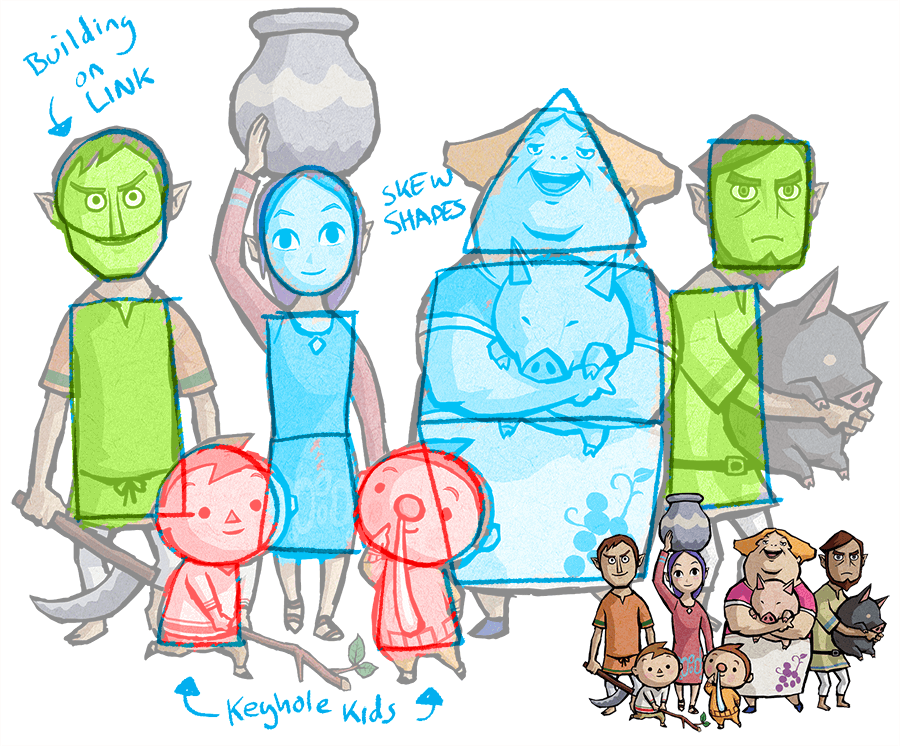
Shape language—or what is shape language—is the art of using shapes to tell stories fast. In tower defense games, it’s a superpower for character design shape language, making heroes, villains, and worlds unforgettable.
Overwatch: Clear Shape Language
Overwatch nails shape language in character design with its wild cast. Each hero’s silhouette screams who they are. Reaper’s shape language triangle—sharp, jagged cloak—means death on legs, pure aggression. Reinhardt’s shape language character design square—boxy armor and hammer—shows unyielding strength. Mercy’s circle shape language flows with soft curves, signaling care and safety. With 30+ characters, Blizzard uses square shape language for tanks, shape language triangle for damage dealers, and circles for healers. It’s instant—players spot roles in a flash, proving shape language meaning ties looks to purpose.
Super Mario Effective Shape Language
Mario’s character design shape language is a masterclass in simplicity. Early on, his circle shape language—round hat, belly, nose—made him a friendly everyman. Over time, Super Mario Odyssey kept that core but tweaked it. Bowser’s shape language character design triangle grew spikier, his horns and shell shouting danger. Toad’s tiny, round shape stays cute, a perfect sidekick. This evolution keeps shape language examples basic yet bold—circles for good, triangles for trouble—showing shape in sign language can stay timeless while growing.
Hollow Knight Shape Language in Indie Games
Hollow Knight indie game uses shape language art to build a haunting world. The Knight’s small, oval shape feels fragile yet brave, blending circle shape language with a hint of edge. Enemies like Hornet wield shape language triangle—sharp, darting, dangerous. The Hollow Knight itself looms with a tall, broken square shape language, eerie and steady. Backgrounds mix jagged shape language character design triangle cliffs with soft, drooping curves, creating a moody vibe. This indie gem shows shape language meaning can whisper atmosphere, not just shout.
Future Trends in Shape Language
Shape language is evolving as games push new frontiers. Here’s where it’s headed.
Evolution in Stylized vs. Realistic Games
Stylized games, like Fortnite, will lean harder into bold shape language—big circles for goofy charm, sharp triangles for edge—to keep that cartoon pop. Realistic games, like The Last of Us Part III, might soften shape language character design with subtler curves and angles, blending square shape language for grit with organic flow to feel human. The split grows as styles chase distinct vibes.
Shape Language in Procedurally Generated Characters
Procedural generation, as in No Man’s Sky, will tweak shape language in art on the fly. Algorithms could mix circle shape language for friendly critters or shape language triangle for predators, adapting silhouettes to random traits. It’s a balancing act—keeping character design shape language readable while letting chaos rule.
Impact of Higher Fidelity Graphics
With 8K graphics and ray tracing, shape language principles get a glow-up. In Cyberpunk 2077 sequels, square shape language could shine in neon-lit towers, while shape language examples like flowing hair add realism to curves. Detail won’t ditch shapes—it’ll amplify them, making shape language meaning sharper and deeper.
Shape language in character design will stretch—wild in stylized worlds, grounded in real ones, and dynamic in random creations. High fidelity just makes it louder.

